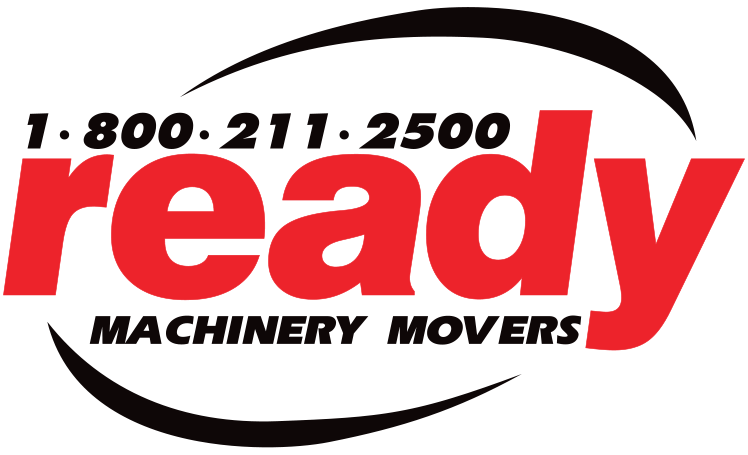There can be various reasons as to why moving your plant long distances would be necessary. Due to the size and scale of such an operation, It can be a complex and challenging process.
Reasons such as changing business requirements, mergers and acquisitions, or regulatory issues could warrant the need for a site move. As could structural damage or simply just wanting to increase or downsize, or a change of scenery!
To ensure you have a smooth move, here are some key things to consider as well as the various steps involved in moving a plant long distances:
1. Planning and Permits
Having a solid plan prior to moving is essential. It ensures everyone is on the same page and things should run smoothly. Start by conducting a comprehensive feasibility study and business analysis to assess the costs, benefits, and potential challenges associated with the move. Additionally, make sure that you have all the necessary permits and approvals in place for both the current and new locations. You may need to apply for new permits at the destination, so be sure to do research ahead of time.
2. Site Selection
When choosing a new location, consider how long-term you want the new site to be. Do you have plans to be there longer than 5 years? Choose somewhere that is suitable for your recycling plant’s operations and the demands/needs of the plant. An important part of the selection process is making sure that the site itself is structurally sound, has no mould/damp and the surrounding land is suitable. Consider factors such as access to raw materials, proximity to markets, transportation infrastructure, and environmental regulations.
3. Equipment and Machinery
Evaluate your existing equipment and machinery to determine what can be relocated and what may need to be replaced or upgraded. If anything needs to be serviced, it might be best to do this before you move. Develop a detailed inventory list of equipment and machinery that will be moved to the new location so you can ensure everything is accounted for.
4. Transportation
Arrange for the transportation of your equipment and machinery to the new location. Ensure that the transportation complies with safety and environmental regulations, especially when moving hazardous materials or machinery. This may involve hiring specialized moving companies or logistics experts. Ready Machinery has been an industry-leading machinery moving company servicing Canada and the U.S. since 1982. We provide a full range of services including transportation, machinery storage, staging, and installation of heavy equipment and industrial machinery.
5. Workforce
Making sure everyone is on the same page is crucial, so communicating with your employees about the move, including potential job relocations or changes will help hugely. Consider whether you need to hire new employees in the new location and what training they may require.
6. Environmental and Safety Considerations
Considering the environment in business is important and the right thing to do. Address any environmental concerns related to the move, such as soil contamination, hazardous waste disposal, or emissions. Also it is good to implement safety measures to protect both employees and the environment during the relocation.
7. Regulatory Compliance
Be sure to comply with all local, state, and federal regulations and permits at both the current and new locations. Update your documentation and reporting procedures as needed so that you don’t run into any issues that could cause delays or prevent the move from happening.
8. Communication
Keep your stakeholders, including customers, suppliers, and the local community, informed about the move and any potential disruptions in service. This will help people understand what is going on and what they can expect to happen during the moving process, especially if it will be disruptive to their routines and daily lives in any way.
9. Testing and Commissioning
Once you have arrived and everything is in place and set up, have the equipment installed at the new location, and then before use, have it thoroughly tested and commission it to ensure that it operates efficiently and safely. This is best practice for keeping your staff safe and the machinery in good condition.
10. Training
Whether you have taken on new employees or not, be sure to provide new training or refresher training to employees at the new location on the proper operation and maintenance of the equipment and machinery. Even for people who have worked with the machinery before, it is good to keep things fresh.
Moving a recycling plant long distances can be a complex and costly endeavor, so careful planning and execution are essential to ensure a successful transition while maintaining environmental and regulatory compliance. We hope this blog has been useful in outlining the steps and processes you should take to make sure the move is a success.
